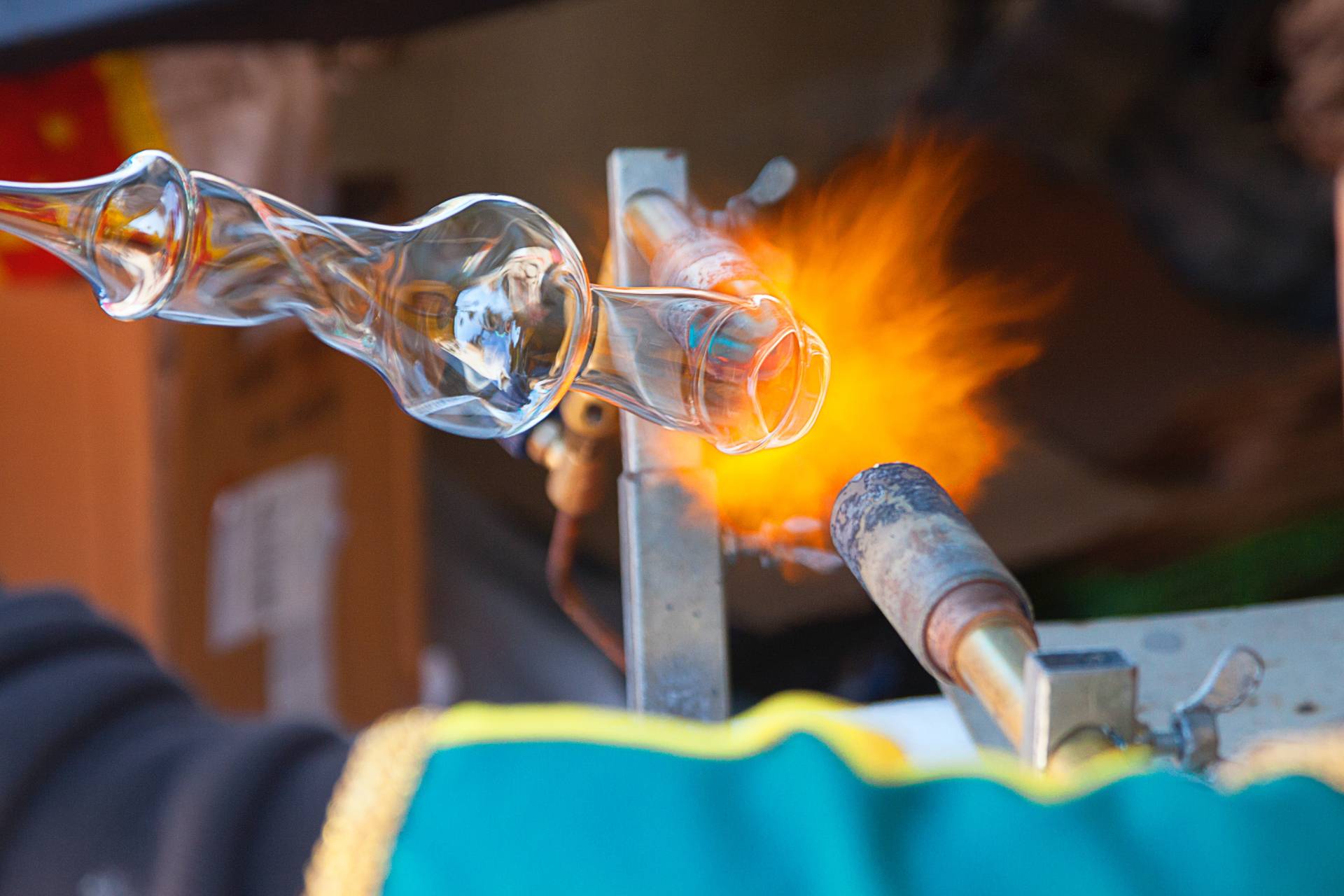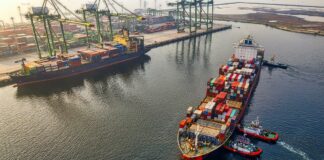This page was reviewed and updated on 04/09/25
To help energy-intensive businesses stay competitive, the UK government offers compensation for costs relating to carbon pricing. We explain how the Energy Intensive Industries Compensation Scheme works.
What is the EII Compensation Scheme?
As part of its work to cut the UK’s greenhouse gas emissions, the government makes certain businesses pay a price for some of their carbon emissions. This causes a potential problem: paying the full market cost of their carbon emissions could make energy-intensive businesses uncompetitive or even unviable. To tackle that issue, the government set up the EII Compensation Scheme, which returns some of the money spent on carbon costs to the business. It’s basically a government subsidy to support certain sectors of the economy.
What does the EII Compensation Scheme compensate you for?
The UK government currently has two main mechanisms for carbon pricing: the UK Emissions Trading Scheme (ETS) and carbon price support (CPS). These push up the wholesale price of electricity, which adds to the costs borne by energy-intensive businesses. The EII Compensation Scheme refunds some of these costs.
Is the EII Compensation Scheme still running?
As we write in September 2025, the Energy Intensive Industries Compensation Scheme is still running. The most recent guidance on the government website is from April 2025.
How much compensation can my business get?
The level of compensation a business gets is limited to either:
- 75% of their total indirect emissions costs
- 5% of their Gross Value Added
Your maximum compensation is whichever is the greater of those two figures for financial years between April 2023 and March 2025. Take a look at the official guidance for detail on how to calculate this.
The guidance warns that there is a fixed budget for the scheme and the subsidy could be reduced in future if there is a risk of overspend.
Does every energy-intensive industry qualify for compensation?
No, not all of them. The Energy Intensive Industries Compensation Scheme is aimed at sectors that are:
- High-volume energy consumers
- Vulnerable to high energy prices and considered at risk of either becoming uncompetitive or moving abroad to avoid carbon pricing
There is a list of eligible sectors in the government guidance. All sectors have a four-digit Standard Industrial Classification (SIC) code that you will need to use in your application. For example, the manufacture of batteries is 2720.
To qualify, your business also needs to pass the ‘business level test’ which shows that your indirect carbon costs amount to 5% or more of the Gross Value Added (GVA). You need to provide records for the past five years which show that:
- Indirect carbon costs averaged at least 5% of GVA for the past five years (even if it was lower for some years);
- They were actually over 5% for at least three of those five years.
They will accept draft figures if the published accounts aren’t yet available for the most recent financial year.
You do have the option of excluding the financial years 20/21 and 21/22 to account for the effect of Covid on your business and its energy use.
How does my business apply for EII compensation?
Details of how to apply are included in the government guide. There are two documents to fill in: one asking for information about the business to determine its eligibility and one asking for details of electricity consumption and financial data.
There are spreadsheets to help you calculate what level of compensation your business is eligible for.
Always check the government guidance before doing your calculations, to make sure you have the most up-to-date list of eligible sectors and the latest figure for carbon costs.
Does my business qualify for the EII Compensation Scheme if it has a mix of activities?
Yes, but you will only get compensation for indirect carbon costs relating to the electricity you used on eligible activities. So, for example, if you make a combination of leather and cotton clothes, you will only get EII compensation for the electricity used on the leather manufacture.
Where an installation is manufacturing both eligible and ineligible products the business will need to identify the electricity usage associated with the eligible product using one of the following methods:
- provide evidence which clearly demonstrates the proportion of their electricity usage associated with the manufacture of the product in question – preferably, in the form of sub-metered records
- base the electricity usage associated with the manufacture of an eligible product on the amount of that product being made (in tonnage) as a proportion of total production of all products
The Energy Advice Hub would always recommend that businesses put sub-metering in place for more accurate data which can help with regulatory compliance and net zero targets. The experts at Sustainable Energy First are happy to help – see the contact form below.
Does the EII Compensation Scheme apply in Northern Ireland?
No. EIIs in Northern Ireland are not eligible for the UK ETS compensation scheme at the moment. If compensation is to be introduced in the future, this will be in the form of a separate scheme designed in accordance with Article 10 of the Northern Ireland Protocol.
The CPS does not apply to Northern Ireland and therefore firms in Northern Ireland are not exposed to its indirect costs.












